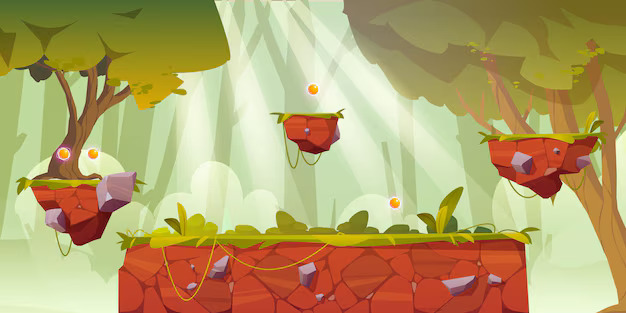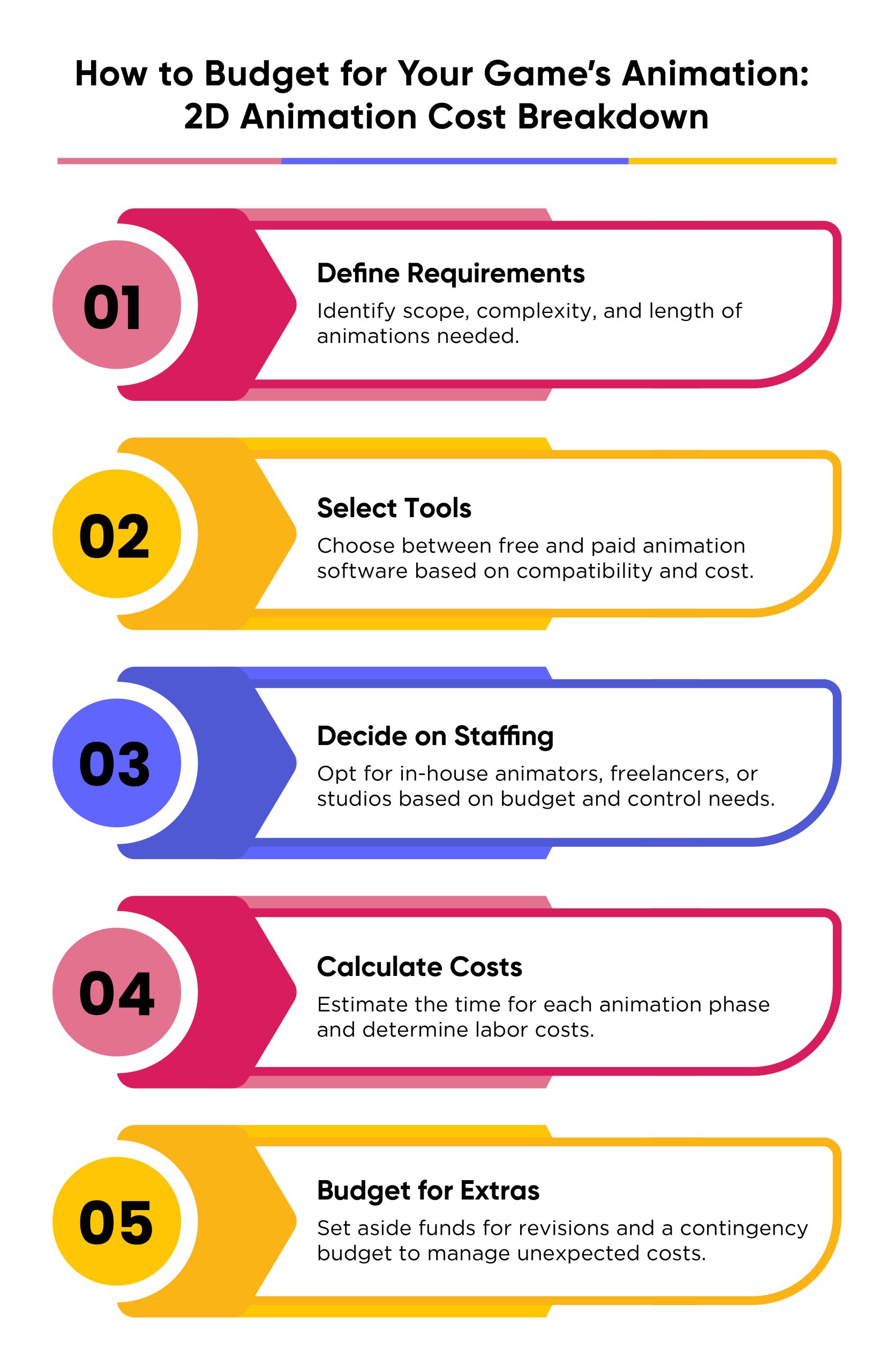Comprehensive Guide to 2D Game Animation Services

Animation has always been a cornerstone, enchanting audiences with its boundless creativity and dynamism. Specifically, 2D game animation services are revolutionizing how we interact with and enjoy video games, providing an immersive experience that both captivates and entertains. Whether you’re a game developer, a marketing professional, or a budding animator, understanding the impact and process of 2D animation in games can significantly enhance your projects.
The Charm of 2D Animation in Gaming
Many developers and players have a particular place in their hearts for 2D animation. Its simplicity is deceptive, often requiring a deep understanding of movement and art to create fluid, life-like animations on a two-dimensional plane. Here’s why 2D animation continues to thrive in the gaming industry:
-
- Stylistic Versatility: From pixel art to sleek vector-based designs, 2D animation can adapt to various artistic styles, giving developers the freedom to craft unique visual narratives.
- Resource Efficiency: Generally less resource-intensive than 3D models, 2D animations can be ideal for indie developers or smaller game studios with limited budgets.
- Speed of Production: With advancements in animation software, creating 2D animations can be faster than their 3D counterparts, allowing for quicker revisions and updates.
Maximizing Game Potential with Specialized 2D Animation Services
Advancing your game from concept to an attractive user experience often requires the specialized skills that only professional 2D game animation services can provide. A closer look at how these services transform game development:
- Enhanced Quality and Visual Appeal: Professional animators deliver not just consistency but also a high degree of polish that enhances the visual appeal and overall game aesthetics. This professional touch can significantly differentiate your game in a competitive market.
- Tailored Animation Solutions: Each game has its unique theme and narrative. Professional services excel in creating custom animations that are not just aligned but are an integral part of the storytelling, enhancing the emotional engagement of players.
- Advanced Technical Capabilities: The complexity of modern games often requires technically intricate animations involving sophisticated cycles and sprite sheets. Professional animators possess the expertise to implement these features effectively, ensuring smooth gameplay and optimal performance.

The Role of Animation in Marketing Games
Not only does animation enhance the game-playing experience, but it’s also pivotal in marketing. A well-crafted 1 minute marketing showreel that highlights game features through engaging 2D animations can significantly boost your marketing efforts, providing potential users with a compelling glimpse into the game world.
Integration of 2D Animation with Other Game Development Processes
2D animation doesn’t exist in a vacuum within the game development ecosystem. Its integration with various other development processes is vital for creating a seamless and immersive gaming experience. Understanding how 2D animation interacts with these elements can significantly enhance the quality and cohesiveness of a game.
Coordinating with Game Design
The game design process defines the rules, mechanics, and objectives of the game. Animators need to work closely with game designers to ensure that the animations are not only visually appealing but also align with the gameplay mechanics. For instance, the animation of a character jumping or dodging must sync perfectly with the game’s physics and input timing to maintain gameplay fluidity and fairness.
Synchronizing with Sound Design
Sound design is another critical element that must be synchronized with animation to create a cohesive player experience. The auditory feedback from actions within the game—such as footsteps, jumps, or attacks—needs to match the visual animations exactly. This synchronization enhances the game’s realism and can significantly impact the player’s immersion and emotional response to the game.
Scripting Interactions
Scripting is what brings interactivity to the game. It involves writing the code that dictates how game elements interact with the player and each other. Animators must ensure their animations can be triggered, interrupted, or blended according to these scripts. For example, a character might need to transition from a walking animation to a running one based on the player’s input speed. This requires animations that can smoothly transition from one state to another, depending on the script’s commands.
Enhancing Narrative with Visual Storytelling
Narrative and storytelling are often crucial components of games, especially in genres like RPGs or adventure games. 2D animations contribute significantly to storytelling by expressing characters’ emotions and reactions, which can enhance the narrative depth. Animators work with narrative designers to ensure that character animations reflect the story’s emotional beats and plot twists, adding layers of meaning and engagement to the player’s experience.
Testing for Quality Assurance
Finally, integration is only complete with rigorous testing. Quality assurance (QA) teams work to identify any discrepancies or bugs in the animation that could affect gameplay. This includes testing animations under various game conditions to ensure they perform consistently and as intended. Regular feedback between animators and QA teams is essential to refine animations and ensure they meet the game’s standards and objectives.
How to Choose the Right 2D Game Animation Services
Selecting a suitable animation service is critical. Here are some factors to consider:
- Portfolio Excellence: Look for a diverse and high-quality portfolio that reflects a range of styles and concepts.
- Client Testimonials: A service’s dependability and quality might be inferred from positive reviews left by prior customers.
- Customization Options: Make sure their services can be customized to meet your unique requirements.
Table: Comparing Top 2D Animation Tools
Here’s a quick comparison of popular tools that can help you get started with 2D game animations:
| Tool Name | Features | Pricing | User-Friendly |
| Adobe Animate | Extensive drawing tools | Subscription | Moderate |
| Toon Boom Harmony | Robust rigging and vector tools | Subscription | High |
| Spriter | Great for sprite animations | One-time payment | Easy |
| Piskel | Free, web-based | Free | Very Easy |
| Synfig Studio | Open-source and powerful | Free | Moderate |
Conclusion
2D game animation services are not just about bringing graphics to life; they are about creating an immersive, engaging game experience that resonates with audiences. Whether you’re looking to outsource this task or simply understand its importance, recognizing the potential of professional 2D animation can be a game-changer in today’s competitive market.
FAQs
Q 1: What is the typical turnaround time for a 2D animation project?
Turnaround times vary based on complexity and scope, but typically, small projects can take anywhere from a few weeks to a couple of months.
Q 2: How much do professional 2D animation services cost?
Costs can range from a few hundred to thousands of dollars, largely dependent on the project's length and the detail of animations.
Q 3: Can 2D animations be integrated with 3D backgrounds?
Absolutely! Combining 2D animations with 3D backgrounds can create a visually exciting and dynamic gameplay environment.
Q 4: Are there any specific genres that benefit more from 2D animations?
While 2D animations can enhance any game genre, they are trendy in platformers, puzzle games, and RPGs due to their stylistic flexibility and nostalgia factor.
Q 5: How important is it to have a marketing animation for my game?
Critical. A compelling marketing animation can serve as a critical tool in attracting attention and building excitement around your game pre-launch.










